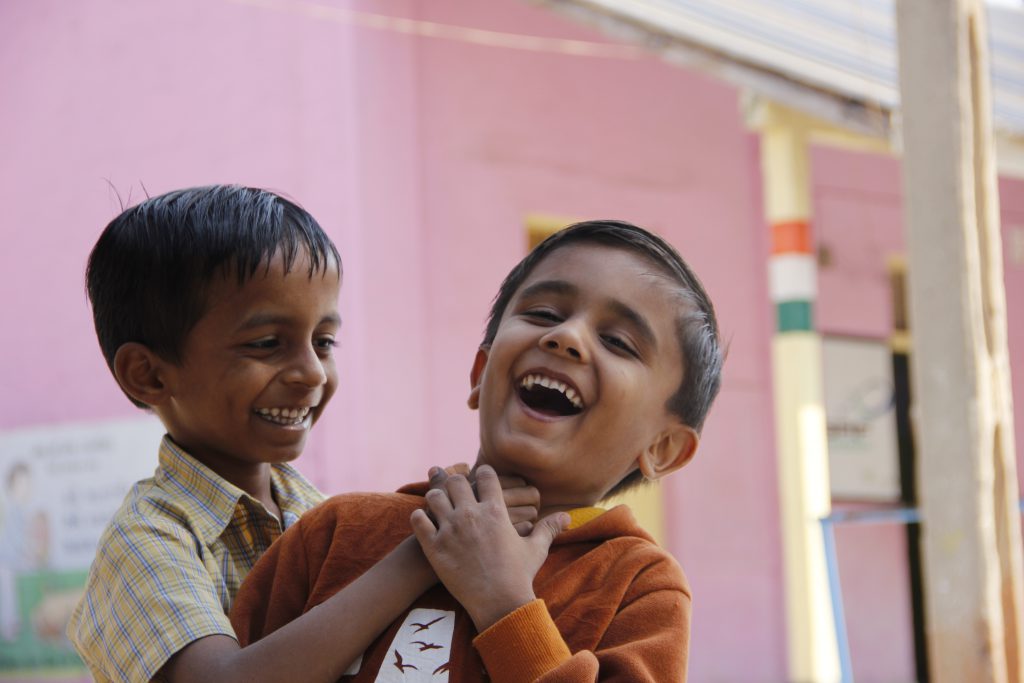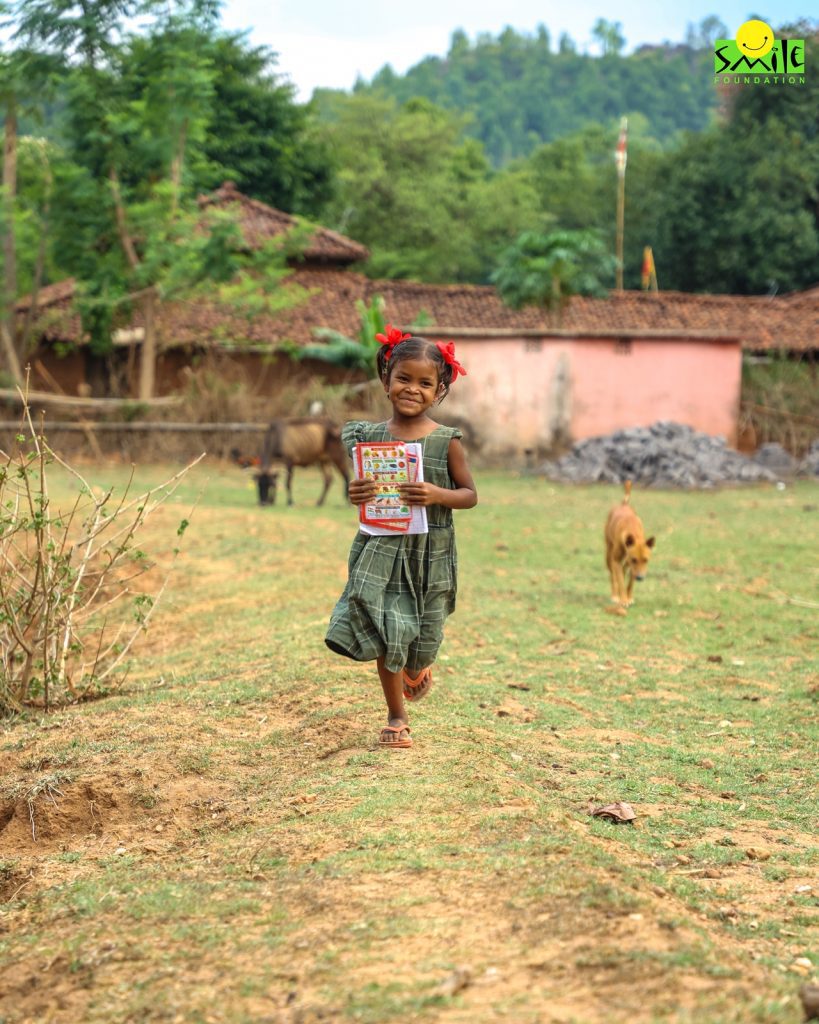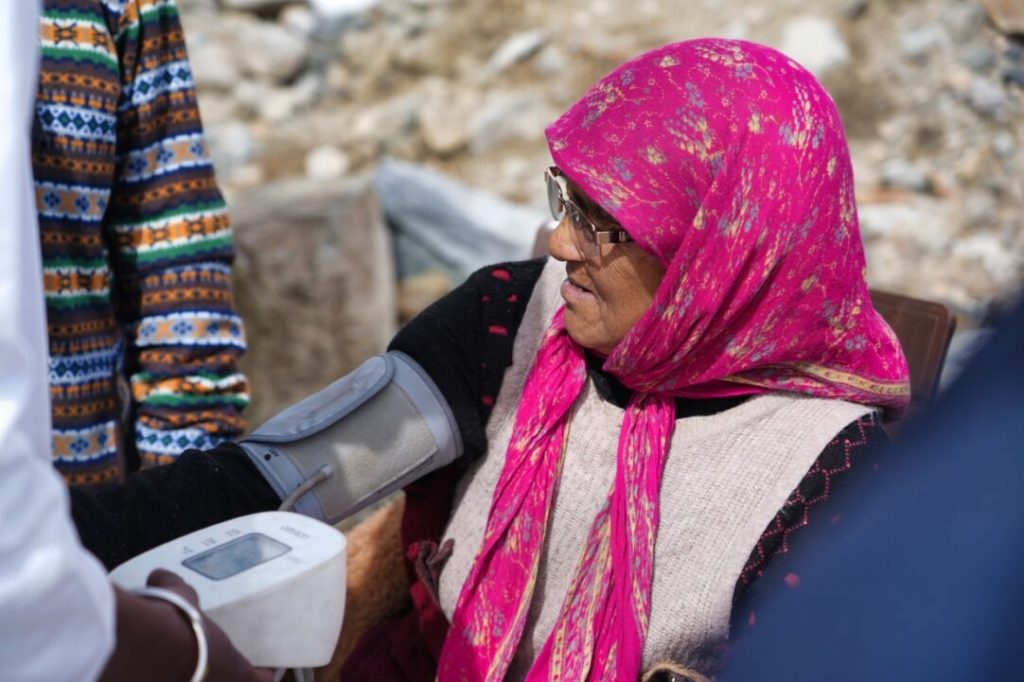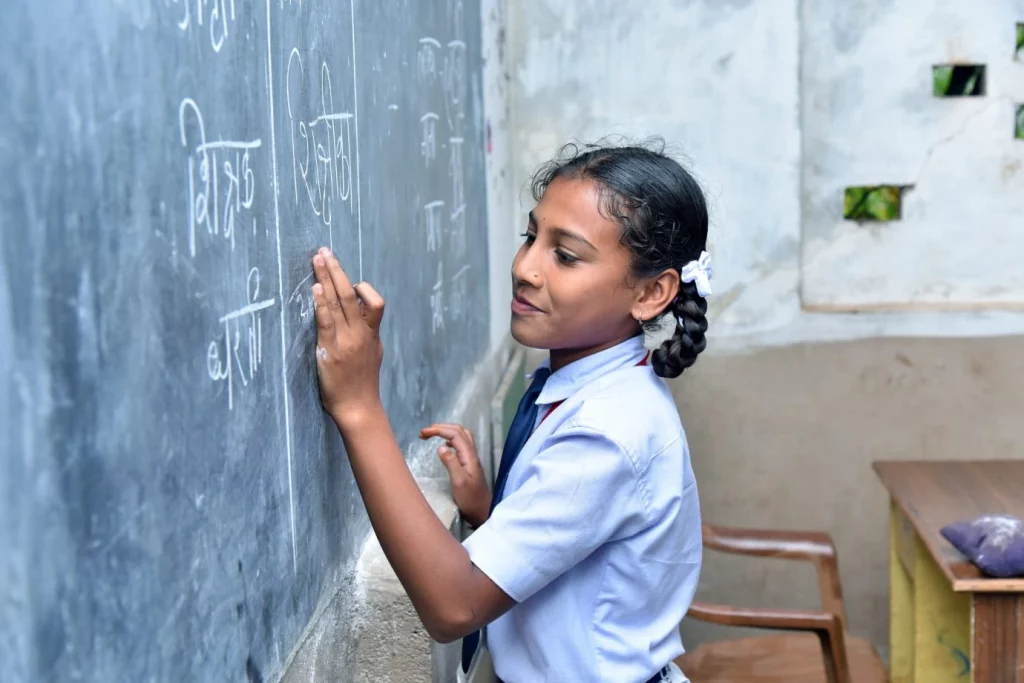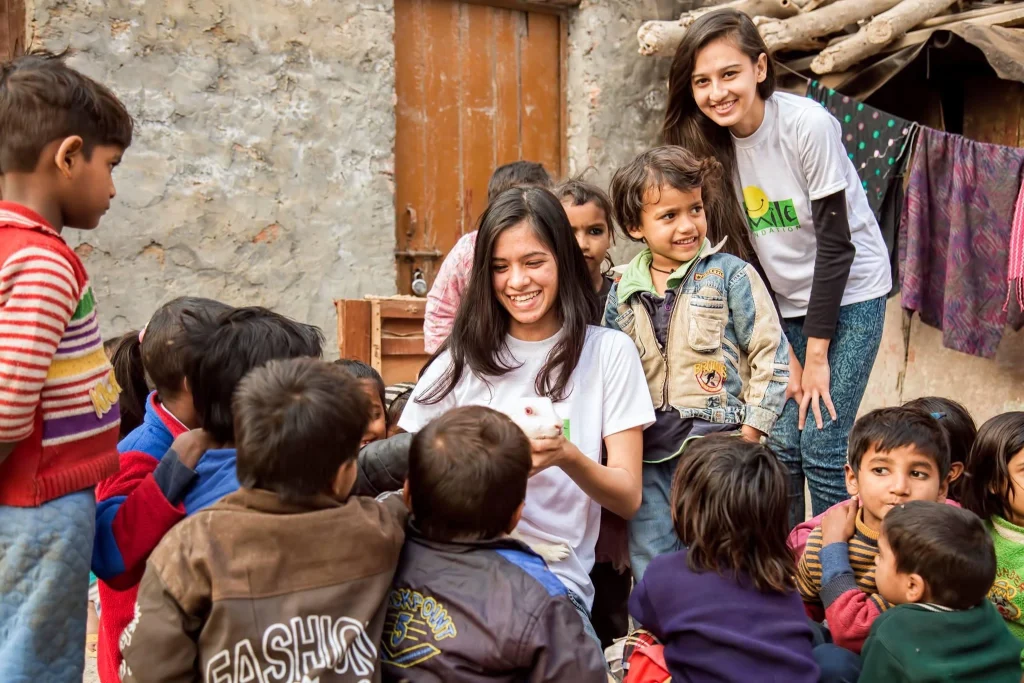Some of the kids we work with at Smile Foundation as part of our initiatives exhibit extraordinary leadership characteristics and become changemakers. These are the kids who grew up to work for change by challenging long-standing customs like child marriage, dowry, trafficking, and gender inequity and child labour in India. These kids have already made a difference in their communities or are well on their way to do so.
However, even in 21st century, the horrors of child labour still haunt India. The sooner it gets eradicated, the better.
What causes Child Labour in India?
It’s critical to consider child labour from the viewpoint of the children, families, and communities involved while discussing the issue. The underlying factors that especially expose children to child labour are listed below–
Inadequate access to Decent Education
The accessibility and calibre of education are among the most crucial elements. The school setting must be friendly, with reasonable class sizes, a curriculum tailored to the area, and fees easily accessible for remote areas. It is one thing to get kids into school and away from dangerous jobs, but keeping them there entails making high-quality education available to everyone.
Poverty
Poverty is unquestionably the main factor pushing kids into the workforce. Families are forced to send their children to work in order to boost the family income when they are unable to provide for their fundamental requirements, such as food, water, education, or healthcare.
Given its connections to other major contributors to child labour, such as poor literacy and numeracy rates, a lack of adequate employment prospects, natural catastrophes and climate change, wars and mass migration, poverty is regarded as one of the most significant causes of child labour.
Without addressing one, we cannot end the other; poverty and child labour are not mutually exclusive.
Wars and Mass Migration
“There is a significant relationship between child labour and war and catastrophe circumstances.” Children represent more than half of all those who have been affected by warfare, according to the ILO.
Owing to an increase in financial shakedowns, a collapse of peer assistance, schools, and basic amenities, and disruption of child protection services, these children are more exposed to types of exploitation, including child labour. Conflict-affected nations have a rate of child labour that is extremely high compared to world-norm.
Climate Change
One issue that is growing in importance is the impact of climate change and natural catastrophes. Farmers in rural regions who witness their crops being damaged by climate change are forced to put their kids to work.
Extreme weather events, changed rainfall patterns, and soil erosion are particularly dangerous for rural communities whose livelihoods depend on predictable seasons. Families struggle to make a livelihood and are more likely to send their kids to work on nearby farms when crops are lost or farming land is devastated.
Difficulty Finding Suitable Employment
Children frequently have little option but to labour in dangerous conditions if they can’t find jobs that offer them social safety, fair compensation, equality for men and women, and a place to voice their thoughts. Hazardous employment performed by children who are older than the legal minimum age to work is also regarded as child labour.
Inadequate Knowledge About Child Labour
The common notion is that employment helps kids develop their skills and personalities. Parents are more inclined to send their children to work when they are unaware of the risks associated with child labour and how these risks affect their child.
Types of Child Labour in India
The three primary kinds of child work in India are industrial, domestic, and bonded child labour. The information on the aforementioned Indian industries that use child labour, as well as demographics, are provided below.
Commercial Child Labour
Children under 18 are most frequently employed in the industrial sector which is undoubtedly dangerous to them. Over 10 million children, including over 4.5 million females, between the ages of 5 and 14 labour in unorganised or tiny enterprises.
Some of the major employers of children are small businesses, such as the garment industry, brick kilns, agriculture, fireworks industries, diamond industries, etc. Such businesses are occasionally run out of people’s homes, which makes it challenging for the government to take necessary action.
One of the biggest and most prominent employers of children in India is the unorganised industry. Working in roadside dhabas and cafes, tea shops, or grocery stores, children might be easily seen. Children are preferred by the operators of these tiny firms since they are manageable and simple to fire.
Using Children at Home
10% of all child labour in India is committed domestically. They include both boys and girls who work as domestic help for rich families to take care of their daily chorus. At a time when they ought to be in school and playing with friends, these kids have no choice but to help other families out.
The primary cause of youngsters working as domestic helpers is poverty. Typically, parents consent in the hopes of receiving financial support and a secure home for their kids.
The statistics paint a bleak picture– the majority of domestic employees, or 25% of all those working, are girls under the age of 14. These kids labour for the family as live-in servants, doing chores including cooking, cleaning, taking care of the family’s pets or younger kids, and other duties.
Child Labourers in Bond
A youngster who is forced to work as a slave to pay off his parents’ or guardian’s debt is said to be engaged in bonded child labour. Although the prevalence of bonded child labour has significantly decreased in recent years as a result of strong government oversight and legislation outlawing it, it still occurs covertly in outlying areas.
Children who live in rural areas and work in agriculture are more likely to be subjected to this kind of labour. Poor farmers who are heavily indebted to lenders sometimes agree for their children/siblings to work as labourers for rich lenders.
Until the last ten years, there were thousands of bound labourers employed in a variety of businesses, but as of today, the numbers have greatly decreased, and the government asserts that there are no longer any bonded child labourers in India.
Laws prohibiting child labour and requiring children to attend school, as well as the combined efforts of UNICEF (United Nations Children Emergency Fund), NGOs, and other pertinent organisations, make this feasible.
How to Make a Child Labour free India
In order to stop exploitation by groups or multinational corporations, strict application of labour rules is necessary. The current legislation prohibiting child labour has to be amended significantly if effective controls are to be put in place.
It is necessary to raise the minimum child labour age in India from 14 to at least 18. More professions that are not covered by the definition of hazardous activities in the legislation need to be added to the list.
Solutions to Child Labour in India
- To stop child labour, poverty must be eliminated so that impoverished people are spared from having to put their children to work in order to make ends meet.
- Because uneducated people are unaware of the consequences of child labour, awareness and education are powerful tools against the practise of child labour in India.
- Eliminating or controlling unemployment is another strategy for preventing child labour in India. Many families struggle to cover all of their bills due to insufficient work. They will be able to teach their kids to read and write so they may grow up to be respectable members of society if work prospects are improved.
- We must first alter our own perspectives in order to end child labour in India. First and foremost, we must make sure that no youngster is kept at work in our own house or workplace. We must keep in mind that when we compensate young children for their labour, we are not giving them any favours; rather, we are toying with their future.
- In order for people to comprehend how child labour is affecting India’s future, we also need to raise awareness of the issue. They will have to comprehend that India cannot progress if child labour weakens the nation’s youngsters both psychologically and physically.
- Owners of businesses such as factories and stores should swear an oath not to use child labour and to forbid others from doing the same.
- We want the effective execution of laws that impose severe penalties on vendors, merchants, and mill owners who hire children for low salaries in order to prohibit child labour in India.
- Additionally, India should enact stronger and tighter rules against child labour so that no one would dare use it.
Smile Foundation
Smile Foundation, through its Mission Education (ME) initiative, has so far directly steered more than 200,000 kids toward empowerment through education.
You may assist a child in breaking free from the chains of poverty. For a little monthly and yearly commitment, you may provide that youngster with advantages that could change their life. Your online gift will make sure the kid has access to education, dietary assistance, and healthcare throughout every stage of their young life. You can help a young child achieve their dreams.
Donate for child education to assist us in our mission to enroll every kid in school and to help a child experience the true joy of learning

